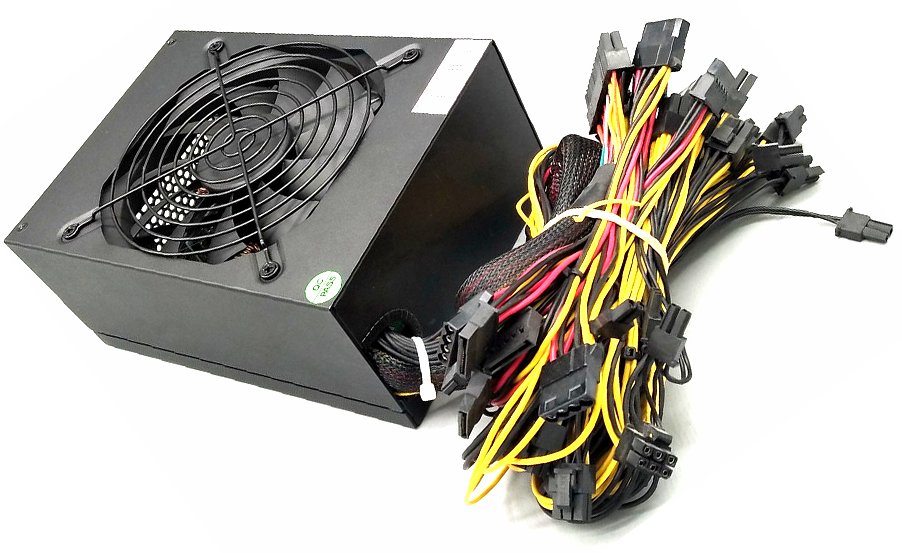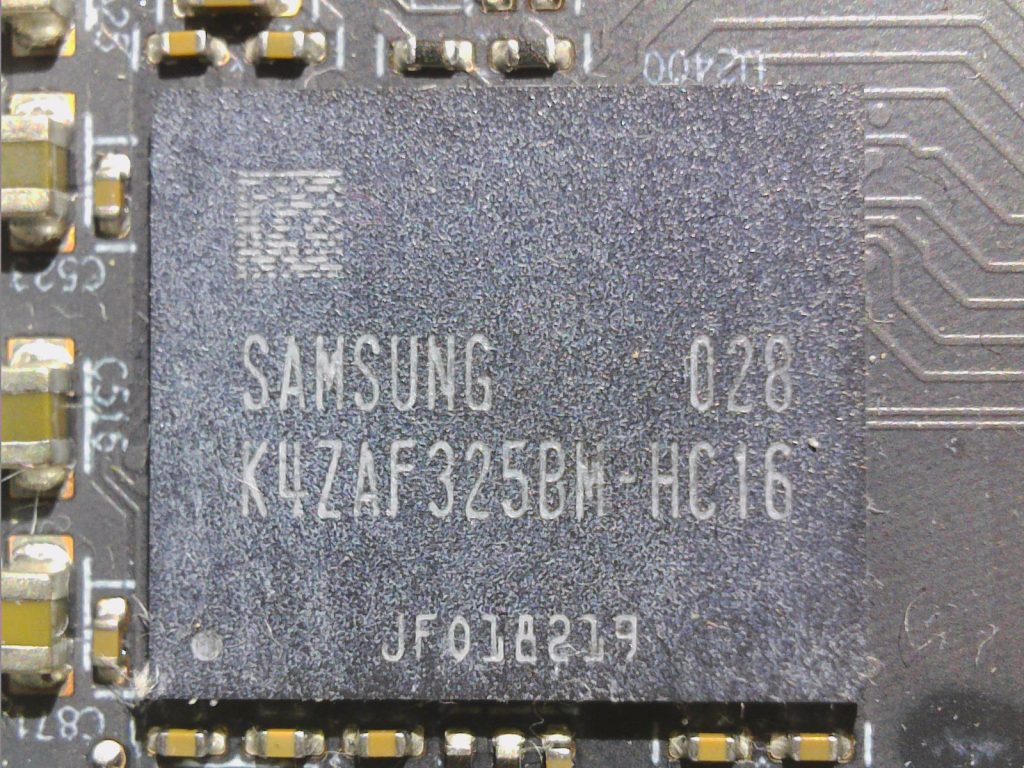Currently, everything is somehow scarce. It doesn’t matter whether it’s graphics cards, motherboards or simple “white goods” (like washing machines) including spare parts from the household appliance sector, in which there are usually more electronics than one would like. And often it fails also already at things, which one cannot recognize so at first sight and/or from which one would not have expected it at all. Unfortunately, I have found enough suitable examples of this.
I did a little research myself and tapped various sources, looking for little pieces of the puzzle and intersections. What is emerging as a trend does not really paint a good picture of what is called a free market economy. Because with market and economy much has already nothing at all to do no more. It’s more like a shortage economy and deeply disturbed supply chains. What NVIDIA’s or AMD’s CEOs have said in the last few days about availability in the second half of the year doesn’t only seem very optimistic in connection with the state of the entire industry, but rather like the cry of a scared child in the dark forest. You can certainly vaccinate a lot of things away, and they’re already having parties in Wuhan again, but somehow you have to keep the fidgety customers in line, who are still down-locked and ironing out the mouth-nose protection.
Now, of course, I could make a big sweeping statement, but that would be going a bit too far. So let’s stick to graphics cards and power supplies alone today. Otherwise, I refer of course to my previous articles on the subject of (non-)availability:
Almost everything is lacking
It’s no secret that GPUs themselves are in short supply. TSMC has been messing up on orders and can’t even deliver everything that was ordered. Dancing on three weddings at the same time (3, 5 and 7 nm) is also resource killing and hardly manageable even in normal times. NVIDIA’s move to Samsung almost proves to be a smart one in retrospect, as Samsung can rely on its own resources and supply chain to some extent, from basic components to packaging. But there, too, there are problems, even if not as glaring as with TSMC and ASE as the global packager.
In order to protect the sources, I have to leave out some of the company names, but it is highly interesting enough as it is. Let’s start with the GeForce RTX 3060 Ti, which unfortunately enjoys a very high popularity among miners. NVIDIA produces here quantities of chips, which normally would have been enough for a market saturation in “peacetime”. However, only as much was ordered in advance as the long-term forecast showed. And this is exactly where one of the problems begins, because you can’t just go out and reorder everything.
Such a simple GeForce RTX 3060 Ti is currently priced at well over $700 USD for a basic model in China if you pay cash. Crass, but sadly true. For the manufacturers who sell such cards directly to miners, this is a goldmine, because you avoid the usual follow-up costs for the RMA, but also cost-intensive things like support, marketing, logistics and shipping. Manufacturers (AIC), which are purely focused on consumer products like the well-known brands from the shops, are said to have received, according to internal information, often enough not more than 2,000 GA104-200 GPUs per month! These in turn are now more oriented towards the GeForce RTX 3070 with the GA104-300, because this is hardly better suited for mining, but is significantly more expensive to buy. But even there, the numbers are still far from covering demand, although they are plenty high.
The fact that the AICs are also digging for gold/money here is, of course, by no means hidden from the component suppliers, who, for their part, naturally also want to nibble at the big cake. Ergo, everything, right down to the last stamped part, becomes significantly more expensive step by step. And then come the real supply shortages that have already occurred. But let’s start with the active components besides the GPU, which most readers wouldn’t even think about in this context.
PWM controllers as rationed gold pieces
Did you know that even PWM controllers, for example, have become scarce and are almost worth their weight in gold? Anything that meets the NVIDIA reference, be it components from Monolith or UPI, is now strictly rationed. Here, the exact allocation to the AIC is done by NVIDIA coordinating the shipment quantities of the GPUs to the AIC with the vendors of the PWM controllers and also communicating to them in detail. Nice side effect for curious people like me: more people know the true numbers and the information holes get bigger. But making more just like that? No way!
PWM controllers are not only found on graphics cards (but also on motherboards etc.) and it’s already a bit of a revenge that especially the larger NVIDIA cards rely on such an elaborate phase splitting. Simpler controllers are available and so some of the board layouts of the custom cards make more sense in retrospect. However, this also affects AMD’s AIB, because Infineon also has various supply problems, whether it be high-quality PWM controllers (picture) or highly efficient Smart Power Stages, which are also selling like hot cakes in the industry.
But there are other chips in short supply, too, and you would never guess it. This also includes the so-called monitoring chips. Manufacturers such as UPI or ON Semi are just one example of many, as these chips are also popular in the consumer goods industry.
When the memory is running low
Memory is also affected by the shortage. NVIDIA’s exclusive deal with Micron for GDDR6X doesn’t help either, because it would actually be there, but the GA102 GPUs are missing or can’t be flexibly increased in the delivery quantity. And it’s not backwards compatible either. Forecast is a bitch. It doesn’t really help NVIDIA to be in the same boat with Samsung when it comes to the slower modules. Well, a little bit, but the basic problems remain.
The much simpler GDDR6 is also affected by the shortage. However, the ball is in NVIDIA’s (and AMD’s) court here, because the GPUs do come bundled with the respective memory. So it may well be (and already is) the case that GPUs would be available, but memory would be lacking. Cue consoles (but not only). Nobody could/would have foreseen this run and Sony and Microsoft would also like to have a piece of the pie. And then there are all the notebook manufacturers, whose sales are still rising extremely, also because of the pandemic and the home office run. GDDR6X is not needed here, it has to be GDDR6. But then NVIDIA has to deliver everything in the Budle again and the circle closes.
Power supply OEMs in the quandary
To say there are no power supplies is completely false and even misleading. There just aren’t any that fit the end user. All kinds of things are being produced, and even more than last year, but the resources are disappearing into higher wattage classes that normal users don’t need at all. Which brings us back to the troublesome issue of mining and the necessary infrastructure. Apart from the fact that a mining power supply is designed a bit differently and is equipped with more cables – also the capacities of the whole OEM are not infinitely expandable. And word has spread to cable providers not only about the higher price of copper, but also about the margins of PSU manufacturers. The first motto is “to get it”.

Even reputable manufacturers such as FSP also supply the booming consumer goods industry with plug and integrated power supplies through to complete TV add-on boards. There the resources divide naturally, even if at first sight it is mostly other active components. However, the passive components are often enough the same and exactly there begins again the race for the supply with supplies. MLCCs are necessary, good low-ESR and low-impedance capacitors even more so. And things are looking particularly bleak for PC power supplies, as power MOSFETs, rectifier bridges, simple diodes and supervisor chips have become just as scarce and expensive as passive parts in the form of transformers, coils and resistors.
As a quality-conscious supplier, it is not possible to simply switch to products from the ever-increasing number of newly-opened manufacturers, most of whom lack the necessary certification and whose manufactured components tend to be of questionable long-term quality. Here, short-term availability including tempting prices and high follow-up costs due to later defects or failures are at odds with each other. A risk that hardly any serious manufacturer will take. In the profit-driven mining business, on the other hand, the focus is on making a quick profit, so tomorrow is not really an issue. In the meantime, FSP has also jumped on the lucrative mining bandwagon and at least manufactures power supplies for the “noble miner”, which just about make a normal connection to the domestic socket possible.

There are other deficits
I have to tack on a somewhat amusing side note here, because it has something to do with graphics cards, at least indirectly. In fact, many GPU waterblocks are currently out of stock or in limited supply due to a shortage of hammered addressable LED strips, not copper or nickel. This is not so much due to the LEDs themselves, which are plentiful, but to the control electronics that are also installed there. That’s what a small round of calls with industry leaders revealed.
While many large case and power supply OEMs, such as HEC Compucase, have been operating their own LED production facilities for several years, the suppliers of assembled parts have been taken by surprise by the run. There are also plenty of buyers in China and you even save the whole logistics up to the export. Often enough, the pallets are simply sold free loading sidewall to the manufacturers and collected themselves. Asia is now one big lamp shop and an end to the RGB craze is hardly in sight.
Artificial or real shortage – it makes no difference at all
There are three main reasons for a shortage and the associated price increase. First, there is the real shortage that results from increased demand and/or lack of resources. Then there are the suppliers who hoard or hold back goods in order to drive up prices and participate in the boom themselves, and who of course only sell and deliver as much as necessary because the stock could be worth considerably more tomorrow. This is exactly where the third category of middlemen and stock market jugglers, who juggle options or physical stocks as if there were no tomorrow, comes in.
If the bubble ever bursts, it’s sure to do so with a bigger bang than the cheap-mining power supply pictured above. The only question is when this will happen, and how capable the end customers are of suffering. Exactly this nobody can answer at the moment, so I have to leave this open question at this point. But I’ll keep at it, I promise.



































Kommentieren